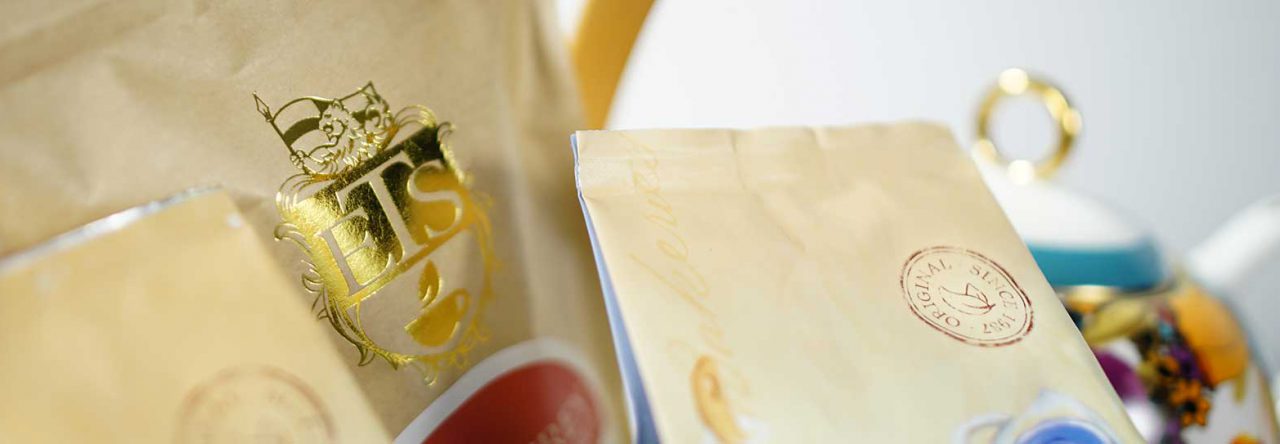
Tea scum can be the bane of a steady tea drinker’s experience. And there appear to be two different kinds. One is from the tea itself and the other is from the milk that many of us add to our black teas to have that British experience. Time to find out how these come about.
Scum Caused by the Tea
At one time, the scum on the surface of a cup of tea was said to come from a thin layer of some waxy substance coating the tea leaves that melted off in the hot water. In 1994, though, an important discovery was made by chemists from Imperial College during their careful research into a matter that plagues tea drinkers everywhere. Samplings of the scum from various cups of black tea were put through a detailed chemical analysis, discovering that it was 15% calcium carbonate and the rest was various other chemicals. Thus, hard water that has a lot of calcium in it is a culprit here, but the tea contributes chemicals, too, that add to that scummy build-up. Less than one milligram of scum is formed in a cup of tea and is not thought to be a health risk, just an annoyance.
You can filter out the calcium (bicarbonate ions) or add acids to convert it to CO2 (carbon dioxide). You can also switch to bottled water, which is what we did in our house. Steeping the tea up very strong is another solution since the acidic tea polyphenols will partly neutralize those bicarbonate ions. Or you can add lemon, which has now been officially declared to be a solution by Michael Spiro and Deogratius Jaganyl, two British chemists at the Imperial College of Science, Technology, and Medicine in London.
Tea stains inside teacups and teapots are sometimes referred to as tea scum but are not. Black tea is usually the one where the concern over these stains arises, especially on the inside of teapots and teacups where they are difficult to remove using normal dish detergents. It is said to be caused by pigments, formed during the fermentation of the tea leaves, that are left behind when the tea liquid evaporates. A damp rag, vigorous scrubbing, and a little baking soda have proven effective.
Scum Caused by the Milk
For those of us who like milk in our tea but don’t always drink that cuppa as quickly as we might the dreaded milk scum is a trial and tribulation. What it is, however, seems to be some cause for disagreement. Some say the scum is made of fat globules that coagulate on the surface when their surrounding film of proteins is broken due to heat. Thus, skim milk that has all the fat removed will not form this scum. Others say that the scum is coagulated proteins that form due to heat and then rise to the surface to form that scummy skin. Constant stirring is supposed to help prevent this, but if I had time to stir my tea, I’d have time to drink it before this scum formed and thus would not even see it. Using a cup warmer is another issue, where the lower the level of liquid in the cup, the higher the likelihood of scum forming on the remaining tea (with milk in it, that is).
Bottom Line
Both types of scum are problematic to tea drinkers but seem to have fairly easy solutions. For the first kind, you can switch to bottled water or to using lemon in your tea. For the second kind, you can drink faster so the scum doesn’t have time to form. Gee, I wish all problems had such simple solutions!
See more of A.C. Cargill’s articles here.
© Online Stores, Inc., and The English Tea Store Blog, 2009-2014. Unauthorized use and/or duplication of this material without express and written permission from this article’s author and/or the blog’s owner is strictly prohibited. Excerpts and links may be used, provided that full and clear credit is given to Online Stores, Inc., and The English Tea Store Blog with appropriate and specific direction to the original content.



Leave a comment